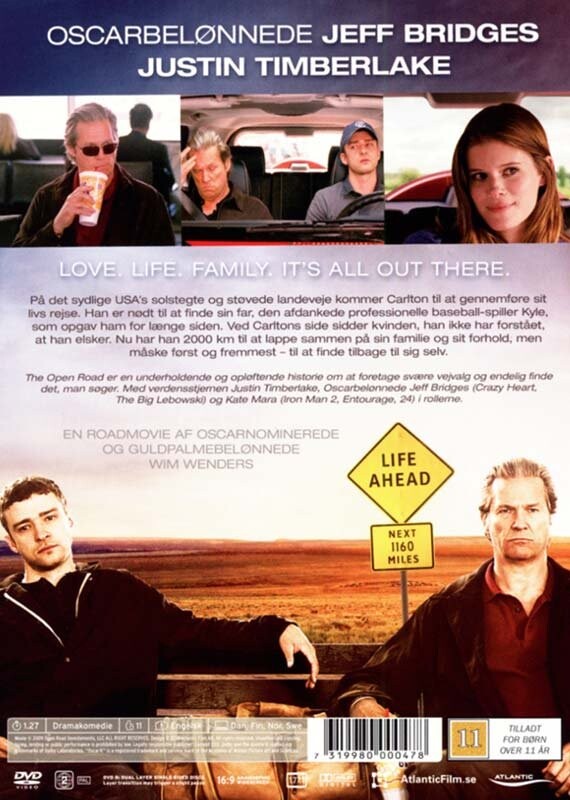

Tandis que Jeunesse dorée réalise une volonté de sortir de la banlieue qui est typique mais souvent vaine, dans les années suivantes la sortie du film il n'est plus nécessaire de quitter les terrains typiques de la banlieue afin de voir la vie des cités sous une nouvelle lumière. Je soutiens que dû à l'injection d'une mobilité à la fois littérale et créative, les deux sont classés parmi les exemples les plus originaux de la catégorie de ≪cinéma de banlieue≫. Jeunesse dorée (Zaïda Ghorab-Volta, 2001) est le premier long-métrage français par une femme d'origine maghrébine et L'année suivante (Isabelle Czajka, 2006) est représentatif d'une vague récente de films réalisés par des femmes qui fournissent un regard de plus en plus nuancé sur les banlieues. Cet article analyse le lien entre mobilité et représentation dans deux films ≪de banlieue≫ par des cinéastes féminins. By shifting typical thematic and spatial conceptions, the films are inherently political. Each film also represents creative mobility, the diversification of themes, tropes and approaches used to film the banlieue and its inhabitants. While Jeunesse dorée realises a common yet often futile impulse of ‘escape’ by voyaging far beyond typical banlieue settings, in the years since Ghorab-Volta's film was released, filmmakers no longer need to literally leave the suburbs in order to ‘see’ and show life there in a fresh light. Both, I argue, are two of the more original examples of banlieue cinema, due in no small part to their injection of literal and creative mobility into representations of the suburbs. Jeunesse dorée (Zaïda Ghorab-Volta, 2001) is the first feature film by a female Franco-Maghrebi director while L'année suivante (Isabelle Czajka, 2006) is a notable representative of a more recent wave of female-directed banlieue films that have provided increasingly multifaceted representations of the banlieue. This article explores the link between mobility and representation in two female-directed banlieue films. We examine in particular how the queering of each protagonist informs the relationships that these narratives entertain with wider identity debates, whether racial, national, ethnic or religious. While each journey takes a different direction (towards Spain, Algeria/Switzerland and Poland, respectively), it is the road itself that enables the fluid construction of selfhood. Beyond the evident questioning of the patriarchal system and the staging of quests of individual agency and self-discovery, these films offer unique twists on the return to ‘origins’ narrative. These films, and the recent vogue in French and European road movies in general, correspond to a period marked by identity debates and the decreasing relevance of the traditional fabric of citizenship. Switzerland: Saga Productions.View all references).

France: Blue Films.View all references) and Comme des voleurs (à l’est)/Stealth (Lionel Baier, dir., 20064.īaier, L., dir. France: Canal+.View all references), Origine contrôlée/Made in France (Ahmed Bouchaala and Zakia Tahri, dir., 200110.īouchaala, A., and Z. This article focuses on three French-language, queer-themed, border-crossing road movies: Plein sud/Going South (Sébastien Lifshitz, dir., 2009a44. The border-crossing inclinations of road movies generate an often polyglot battery of films that tackle questions of identity, kinship and citizenship from a transnational perspective.
#Open roads films movie
The controversies surrounding the adoption of the pacte civil de solidarité and similar European debates in the late 1990s coincide with a revival of the road movie format in the cinema of France and its neighbours. The road movie is traditionally recognised by a male protagonist who undertakes a self-reflective quest away from home, with the home often representing a conservative lifestyle that he hopes to escape. As many film scholars have noted, the road movie is generally dominated by male protagonists, while examples of 'women road movies' are scarce (Cohan and Hark 1997 Corrigan 1992 Eyerman and Löfgren 1995 Gott and Schilt 2013 Laderman 2002 Mazierska and Rascaroli 2006 Mills 2006 Orgeron 2008 Pérez 2011).

The bitterness that arises from these films often arises from the many economic and social obstacles women encounter on the road, as well as from a much-too-common dependency on men to achieve mobility, such as in Wanda (Barbara Loden 2006), Butterfly Kiss (Michael Winterbottom 1995), Rather than placing women's (non-)achievement against men's, this chapter will use an affirmative lens to explore how women's wilful habitation of space manifests on screen in the road movie Messidor (Alain Tanner 1995[1979), a film made in continuation of the feminist movements of the 1970s.


 0 kommentar(er)
0 kommentar(er)
